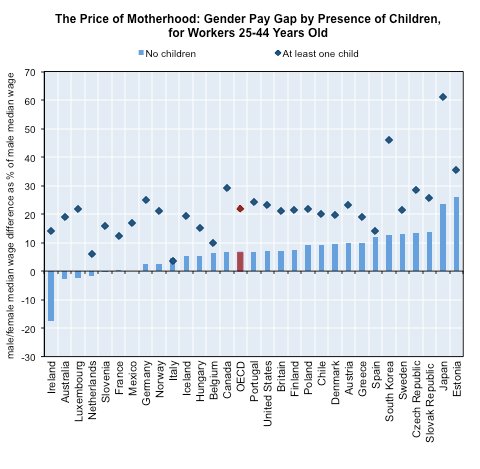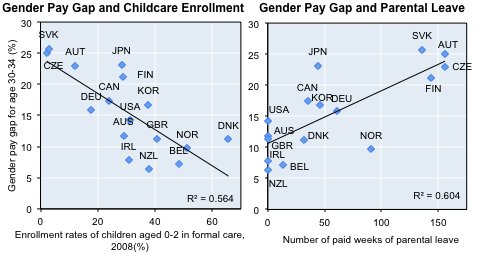While civil servants in Europe and the United States have had their pay slashed or jobs eliminated altogether, some public employees in Brazil are pulling down salaries and benefits that put their counterparts in developed countries to shame.
One clerk at a court in Brasília, the capital, earned $226,000 in a year — more than the chief justice of the nation’s Supreme Court. Likewise, São Paulo’s highway department paid one of its engineers $263,000 a year, more than the nation’s president.
Then there were the 168 public employees in São Paulo’s auditing court who received monthly salaries of at least $12,000, and sometimes as much as $25,000 — more than the mayor of the city, Brazil’s largest, was earning. Indeed, the mayor at the time joked that he planned to apply for a job in the parking garage of the City Council building when his term ended in December after the São Paulo legislature revealed that one parking valet earned $11,500 a month.
As Brazil’s once-booming economy stalls, these “super salaries,” as they have become known here, are feeding newfound resentment over inequality in the nation’s unwieldy bureaucracies. Powerful unions for certain classes of civil servants, strong legal protections for government workers, a swelling public sector that has created many new well-paying jobs, and generous benefits that can be exploited by insiders have all made Brazil’s public sector a coveted bastion of privilege.
But the spoils are not distributed equally. While thousands of public employees have exceeded constitutional limits on their pay, many more are scraping to get by. Across the country, schoolteachers and police officers generally earn little more than $1,000 a month, and sometimes less, exacerbating the country’s pressing security concerns and long-faltering education system.
“The salary distortions in our public bureaucracy have reached a point where they are an utter and absolute disgrace,” said Gil Castello Branco, director of Contas Abertas, a watchdog group that scrutinizes government budgets.
Privileged public employees, once called maharajahs in a nod to the opulence of India’s old nobility, have long existed in Brazil. But as Brazil nourishes ambitions of climbing into the ranks of developed nations, a new freedom of information law requires public institutions to reveal the wages of their employees, from rank-and-file civil servants like clerks to cabinet ministers.
Though some officials are resisting the new rules, new disclosures at public institutions have revealed case after case of public employees earning more than Supreme Court justices, who made about $13,360 a month in 2012, an amount established in the Constitution as the highest salary that public employees can receive. In the Senate and Chamber of Deputies alone, more than 1,500 employees earned more than the constitutional limit, according to Congresso em Foco, a watchdog group.
State judges can do even better. One in São Paulo recently pulled down $361,500 in a month. That is not a typo: some judges in Brazil are paid more in a single month than their counterparts in high-income countries earn in an entire year. (The top annual salaries for judges in New York State are climbing to around $198,600.)
The recent revelations, including of an auditor in Minas Gerais State who earned $81,000 in one month and a librarian who got $24,000 in another, have spurred a strong reaction in some quarters. Joaquim Barbosa, the chief justice of the Supreme Court, revoked the super-salaries of the 168 employees in São Paulo’s auditing court in December. Another fed-up federal judge issued an injunction in October suspending payments to 11 cabinet ministers, but the attorney general said he would seek to overturn the ruling.
Some historians blame Portugal, the former colonial ruler, for creating a powerful public bureaucracy in which mandarins wield great influence and earn outsize salaries. Brazil’s byzantine judicial system also provides ways for certain senior civil servants to circumvent constitutional pay limits. Some collect pensions from previous stints in government — often their full salary at the time of retirement — after shifting into another high-paying public job.
Then there are the extra allowances for housing and food, the generous reimbursement rates for distance driven on the job and, of course, the loopholes. One provision dating to 1955 enables some public employees to take a three-month leave every five years. But those who forgo the leave, now intended to encourage workers to take postgraduate courses, can seek to collect extra money instead.
Some high-ranking members of the governing Workers Party, including Finance Minister Guido Mantega, have been able to get around the constitutional limit by receiving an extra $8,000 a month for serving on the boards of state enterprises, and many legislators are entitled to annual bonuses of more than $26,000 so they can purchase attire like business suits.
Still, in the developing world, Brazil’s Civil Service is envied in some aspects for its professionalism. Rigorous exams for an array of coveted government jobs generally weed out unprepared applicants. Pockets of excellence, like some public research organizations, have won acclaim in areas like tropical agriculture.
Lis Horta Moriconi and Taylor Barnes contributed reporting from Rio de Janeiro.
Article source: http://www.nytimes.com/2013/02/11/world/americas/brazil-seethes-over-public-officials-super-salaries.html?partner=rss&emc=rss



